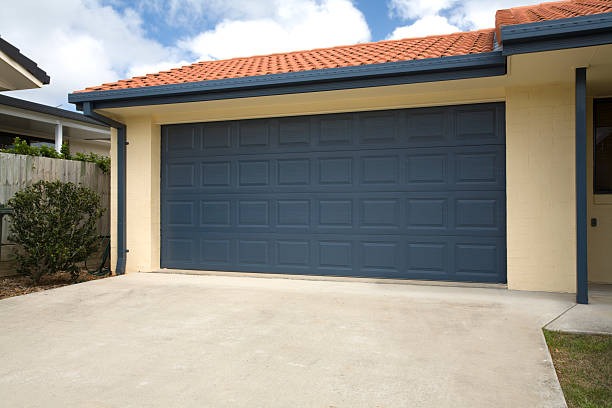Garage door openers are essential components of a modern home. They provide convenience and security by allowing homeowners to open and close their garage doors without leaving the comfort of their vehicles. There are several types of garage door openers, each having its unique features and maintenance needs.
The chain-driven garage door opener is one of the most common types available in the market. It operates using a metal chain to push or pull a trolley that moves the door up and down. This type is known for its durability, but it can be quite noisy, making it less suitable for homes with living spaces above or adjacent to the garage. Maintenance-wise, these models require regular lubrication to keep them running smoothly.
Belt-driven models work similarly to chain-driven ones but use a rubber belt instead of a metal chain. The result is quieter operation, which makes this type more appropriate for residential areas or houses with attached garages. While they offer smoother operation, belt-driven openers often need tension adjustments over time as part of their maintenance routine.
Screw-drive garage door openers operate differently from both chain- and belt-driven models. They rely on a threaded steel rod that rotates to move read the full report track. These units are known for their reliability due to having fewer moving parts; however, they might become noisy over time if not properly lubricated.
A newer entrant into this field is the direct-drive opener model which uses a motor itself to move along stationary chains in opening or closing doors – hence reducing mechanical complexity while enhancing quietness and reliability.
Lastly, there’s also an increasing trend towards smart garage door openers that connect via Wi-Fi enabling control through smartphones – adding another layer of convenience for homeowners.
Regardless of type though, all garage door openers have some standard maintenance requirements including periodic checks on safety reversal systems (to ensure proper function), alignment inspections (for smooth operation), as well as general visual examinations (to spot worn parts or loose hardware). Lubrication also remains a common need across all types, albeit frequency and type of lubricant may vary.
In conclusion, understanding the different garage door opener types and their maintenance needs can help homeowners make an informed choice that best suits their lifestyle. Whether it’s the durability of chain-driven models, the quiet operation of belt-driven openers, the reliability of screw-drive units or the convenience offered by smart openers – each has its unique advantages and upkeep requirements. Regular maintenance not only ensures smooth operation but also prolongs lifespan – making it a worthwhile investment in long-term home care.

